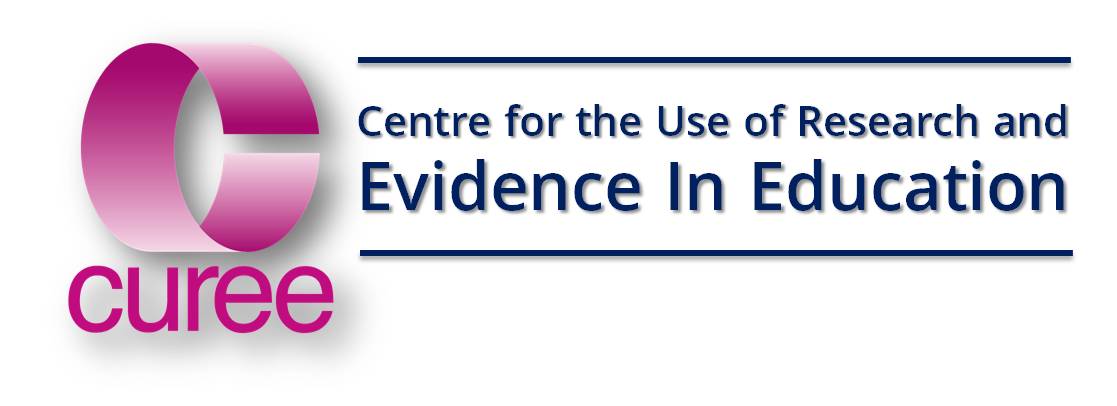What did the study find out?
Hattie found that the influences that had the most impact on student achievement were the teacher and the teaching and learning approaches. He proposed a model of ‘visible teaching and visible learning’ which identified the most significant factors of the effective approaches. Visible teaching involves:
- making learning the explicit goal
- sharing challenging learning intentions and success criteria
- planning interventions that deliberately encourage mastery of these intentions
- seeking and giving feedback, and
- adapting teaching as a result of feedback from learners.
Visible learning involves pupils
- being committed and open to learning
- being involved in setting challenging learning intentions and success criteria, and
- seeking feedback for learning.
What are the implications for teachers and school leaders?
The research showed the importance of teachers, for example:
- making learning visible to students, and
- gaining and using student feedback
It also showed the importance of school leaders, for example:
- collecting evidence about the impact of teaching approaches and strategies in their school, and
- identifying aspects of classroom practice that have a positive impact on pupil learning and considering with colleagues why they are effective.
You can read a more detailed report of this work with accompanying case studies which illustrate his model at http://www.gtce.org.uk/tla/rft/hattie0311/. If you would like to register for a short and engaging powerpoint which can be used to explore the model with other staff in your school please email info@curee.co.uk. This resource is free until 1st April and will then be accessible by registering on CUREE's website and it will become part of the range of resources that you can access when you buy into CUREE’s research packages.
